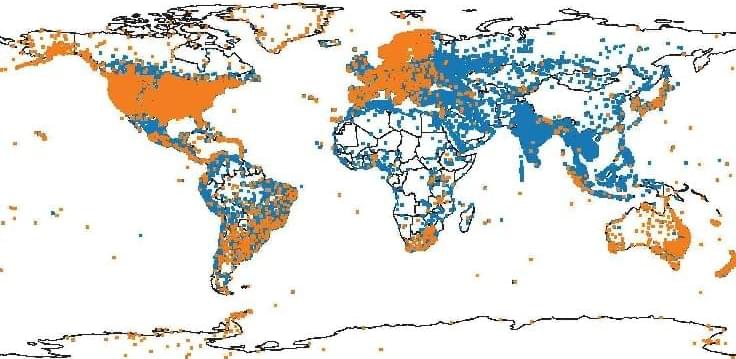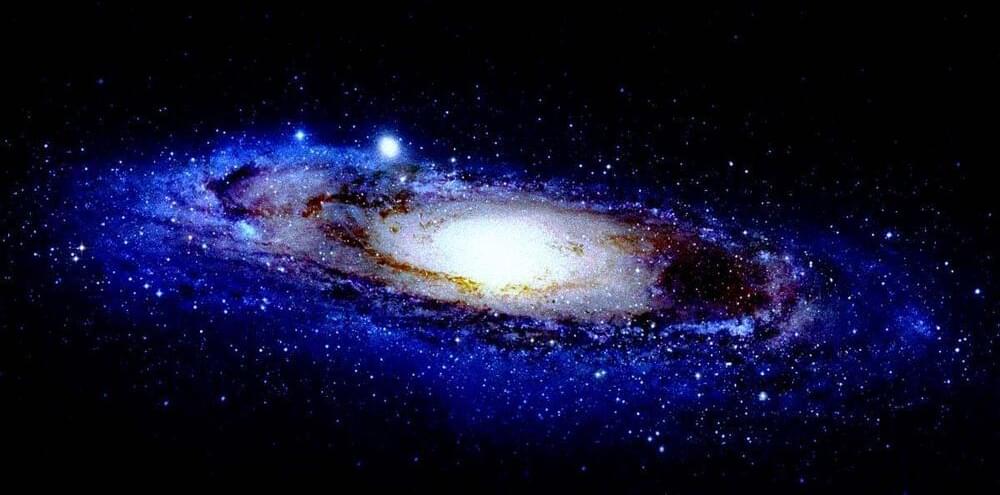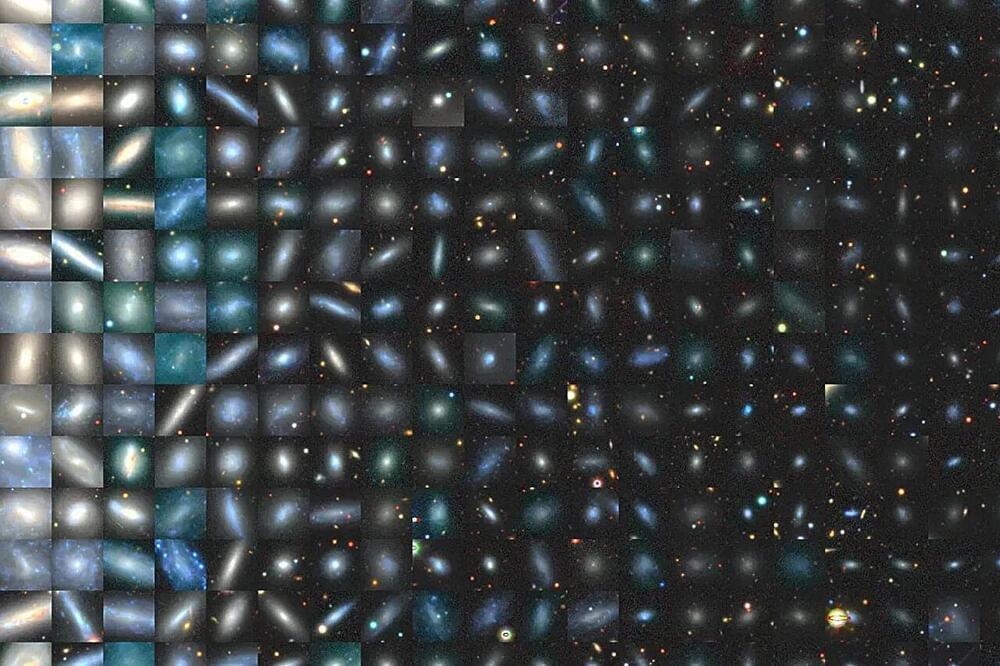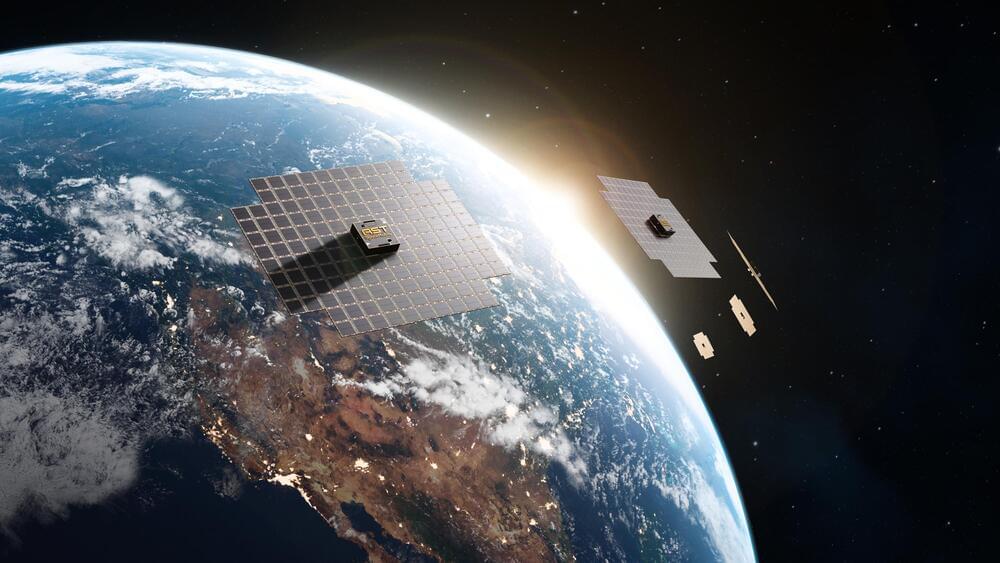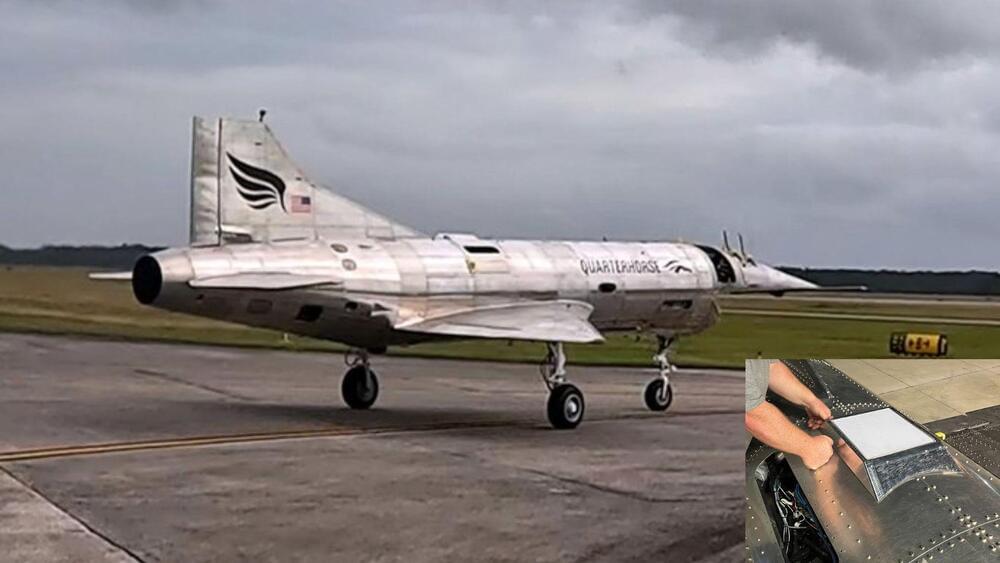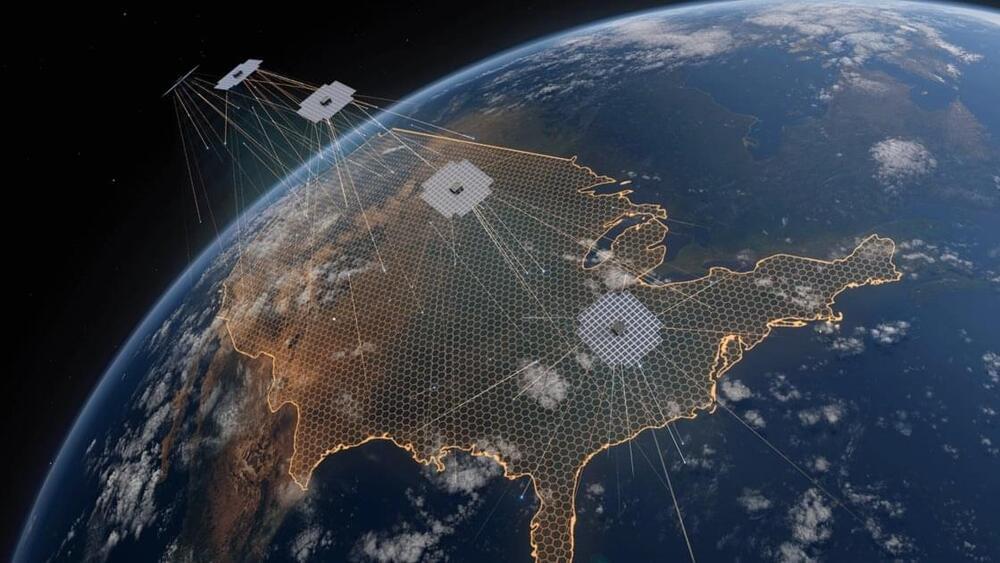Starlink has received the green light from the US authorities to launch its direct-to-cell satellite service, but there are still a number of technical hurdles to overcome before it can actually be made fully available to users.
The US Federal Communications Commission (FCC) has now authorised Starlink, SpaceX’s Internet service provider, to roll out its direct-to-cell satellite service. The idea is to be able to make phone calls directly via satellite, wherever you are, especially in so-called dead zones not currently served by a regular cellular network, such as deserts, mountains or oceans. Indeed, the Starlink constellation of low-earth orbit satellites has the potential to offer worldwide cellular coverage.
Despite this authorization, there are still a number of hurdles to overcome before this service can see the light of day, as the FCC has not responded favorably to all Starlink’s requests. For example, in order to offer optimal telephony and live video services, it will be necessary to exceed current radio emission limits.

